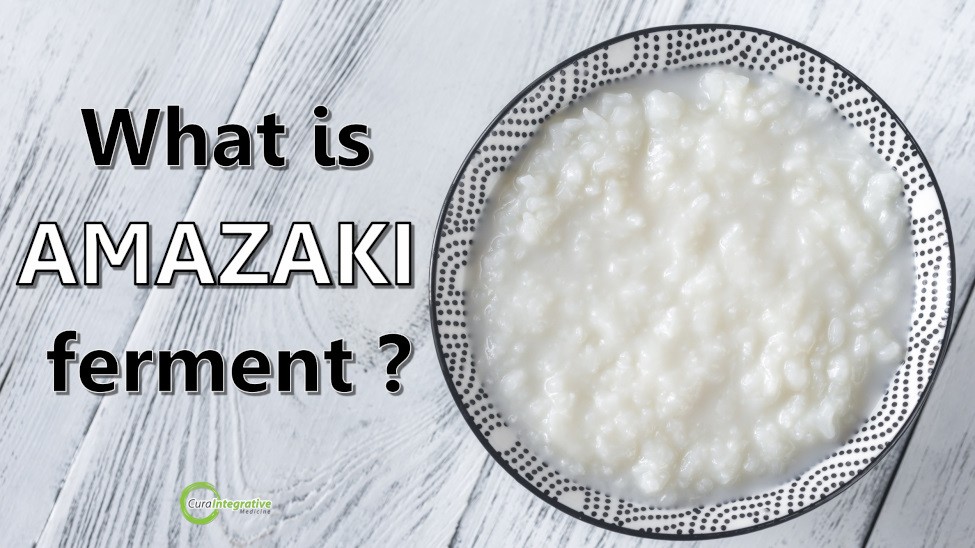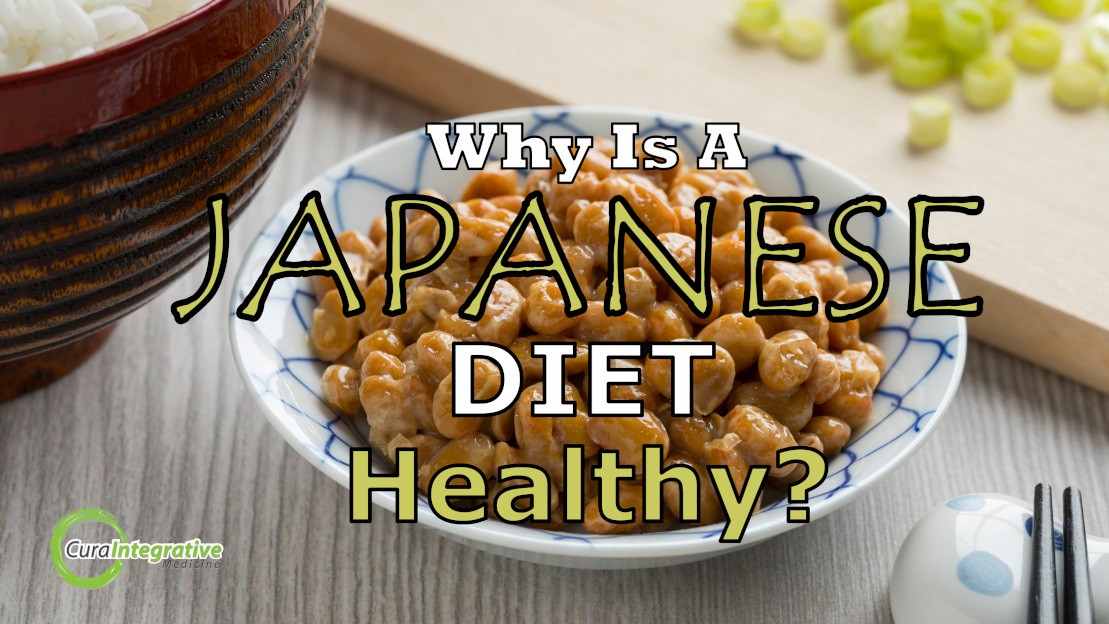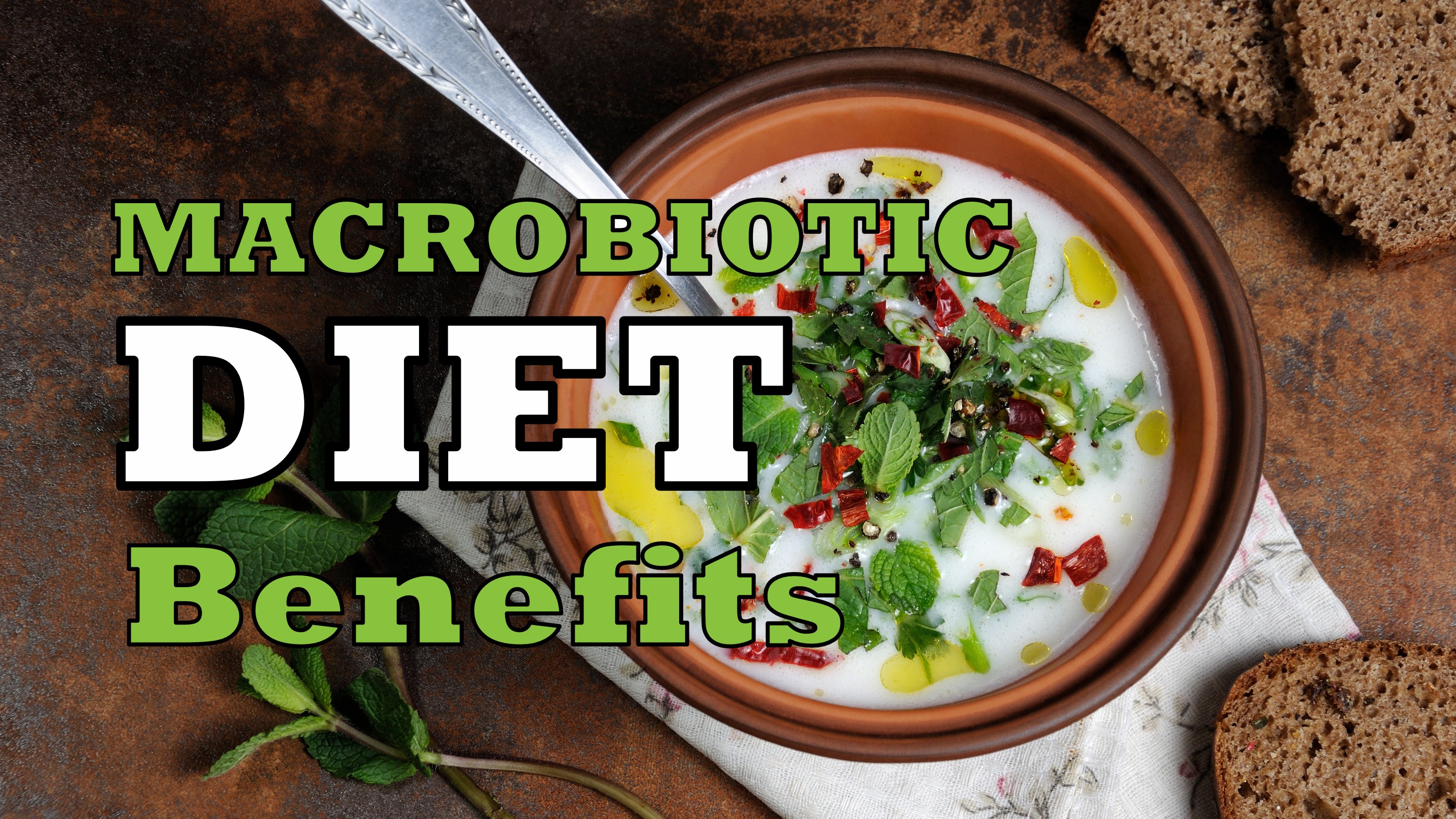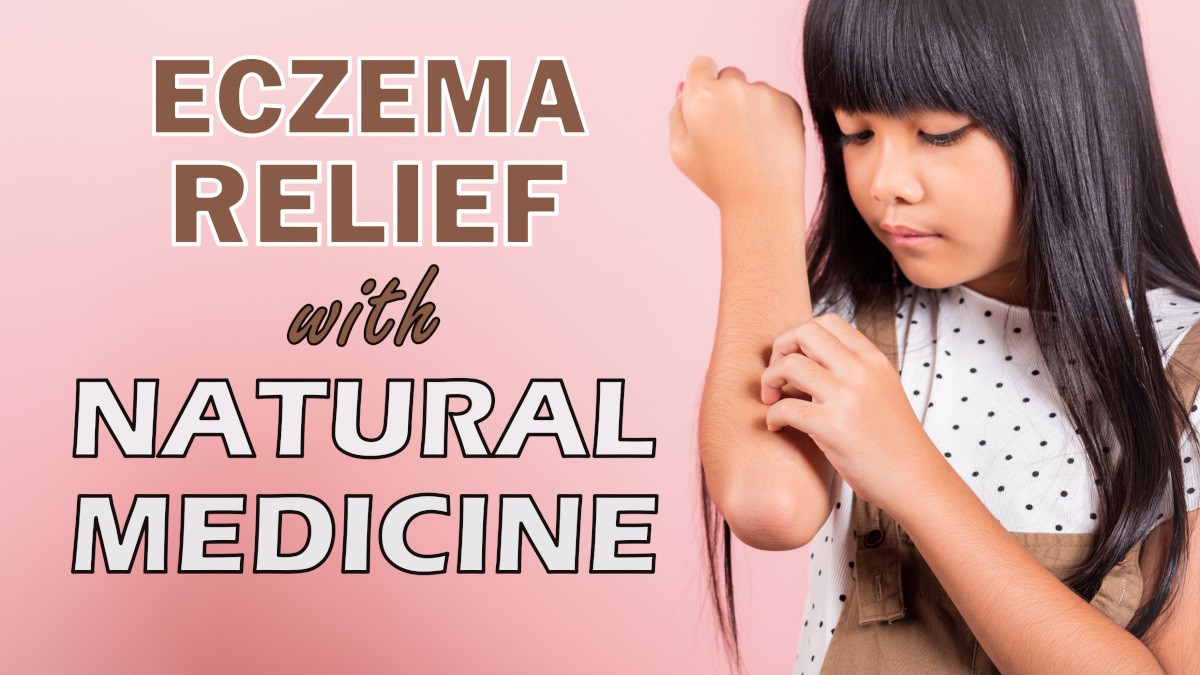Koji is a less known superfood found in a variety of macrobiotic foods. Containing Aspergillus oryzae, koji is used to make foods such as miso, amazaki and tamari. Read More…
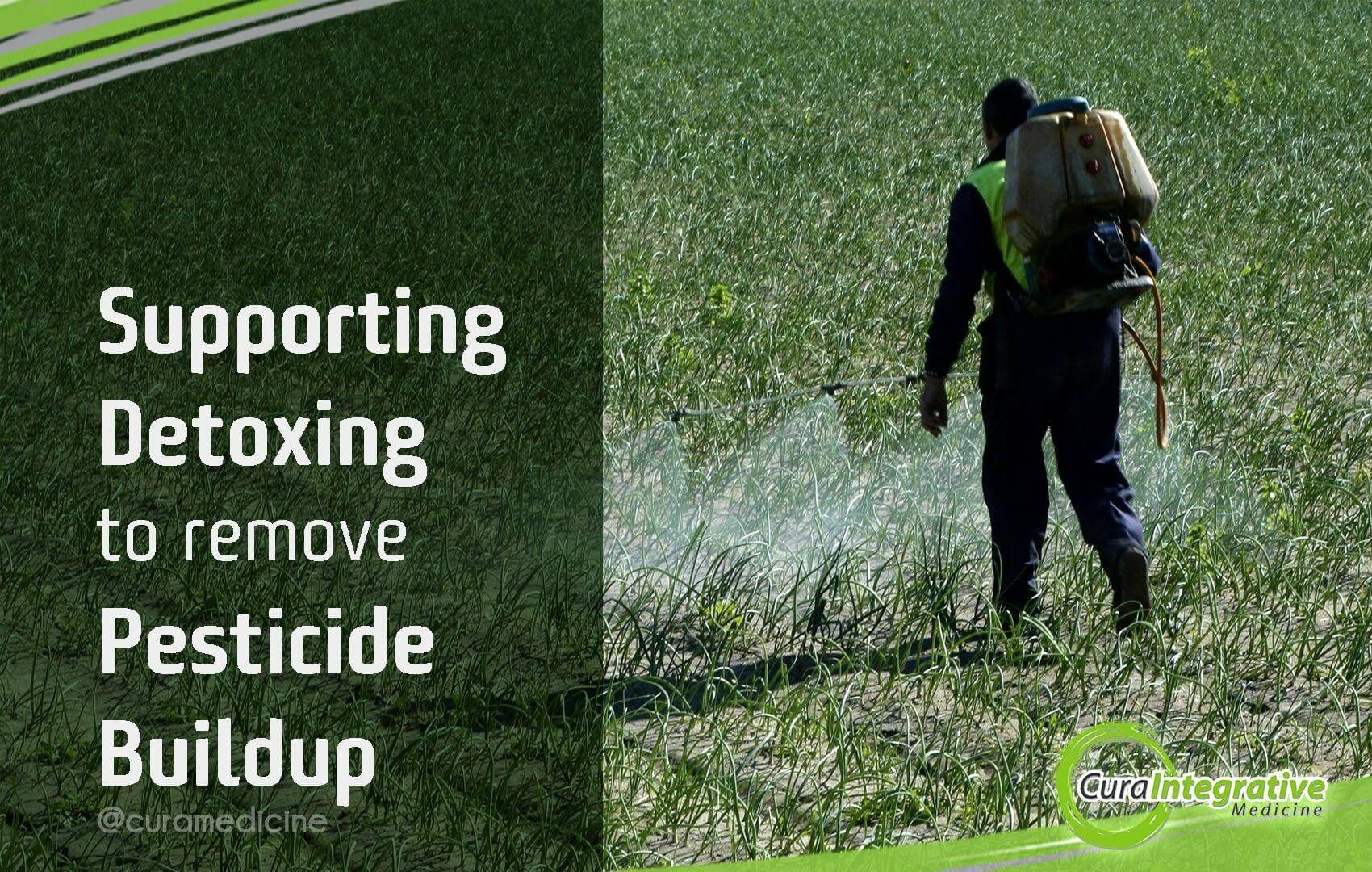
Supporting Detoxing To Remove Pesticide Buildup
Posted 25 Jun '18
Do you use cleaning products, pesticides and other chemicals around the house? Even if you use a few, there is a chance you are putting your health at risk. Many have not been researched thoroughly for their safety and some older chemicals are only now being found to have a negative effect on our health.
It has been found out that exposure to pesticide methoxychlor of ancestors may contribute to kidney and ovarian disease, as well as obesity, in adults of future generations.
Introduced in 1948, methoxychlor was widely used in the 70’s as a “safer” replacement for DDT. It was used in crops, plants, and even on livestock and pets. Nowadays, it is still being used in several countries. It is also known as Chemform, Metox, Methoxo, or Moxie. Banned due to its toxicity in the United States in 2003 for its disruptive effects to the endocrine system, it can behave like estrogen and greatly affects the reproductive system.
It was observed that there was an increase in the incidence of multiple and serious health issues in the offsprings of those who were exposed to the pesticide, spanning three generations — the great grandchildren. This incidence is called transgenerational epigenetic inheritance.
Researchers wrote that the pesticide could be responsible in turning genes on and off, despite the DNA and gene sequences remaining untouched.
The epigenetic effects are caused by several toxins in the environment including DDT, plastics, fungicides, hydrocarbons, BPA, and dioxins.
Although anyone can be affected, women who were pregnant during exposure and their great-grandchildren are mostly affected. Health issues seen can vary from reduced fertility, increase in the onset of kidney and ovarian disease, and the great chance that these conditions are passed to the next generations.
Get in touch now to start a detoxification program and support your optimal wellness!

